After days of intense border clashes, Pakistan and Afghanistan's Taliban government said Wednesday that they have agreed to a temporary ceasefire. The ceasefire, which was simultaneously announced by both regimes, took effect at 1:00 pm (local time) on Wednesday and will remain in effect for 48 hours.
Earlier, a Taliban spokesman said 12 civilians had been killed and more than 100 wounded by Pakistani firing. However, both sides gave different figures of casualties, and none of the deaths could be independently confirmed.
The violence between the two nations escalated last week after Afghanistan’s Kabul was rocked by two massive explosions. From there, each side accused the other of initiating the deadly clashes, and the war of narratives commenced.
While the two sides maintained that they had agreed to the ceasefire, the question remains, which side initiated it and whether any third party was involved in the mediation.
Who extended the olive branch?
Just like uncertainties over the death toll, both Islamabad and Kabul shared different narratives on who exactly initiated the ceasefire. “The fighting stopped because the Mujahideen inflicted a heavy defeat on them [Pakistani forces],” Ali Mohammad Haqmal, the head of information and culture in Spin Boldak district of Afghanistan, told Afghani news outlet Tolo News.
“The Mujahideen carried out effective attacks against the Pakistani forces, putting them in a state of emergency and worsening their situation. That’s why they requested to stop the fighting,” Haqmal averred, insisting that the call for a ceasefire came from the Pakistani side.
The Taliban soon went on a victory parade, with its fighters displaying weapons and trousers of Pakistani soldiers, which they claimed were retrieved from posts abandoned by them. On the official front, Taliban spokesman Zabihullah Mujahid also maintained the ceasefire was “at the request and insistence of the Pakistani side”.
Impact Shorts
More ShortsHowever, a different narrative was swirling in Pakistan. Quoting Pakistan’s Foreign Office, Dawn reported that the ceasefire was implemented at the Taliban’s request and came into effect with “mutual consent”. The Taliban requested a ceasefire after facing a “powerful response” from Pakistani forces, the Pakistani news outlet reported, quoting an unnamed senior Pakistani military official. Hence, it remains unclear who called for the ceasefire.
Is there a third party involved?
Even to this day, US President Donald Trump claims to have brokered a ceasefire deal between India and Pakistan following a four-day military confrontation. However, both sides initially maintained that the ceasefire was a bilateral decision. In the case of the Afghanistan and Pakistan conflict, neither side publicly confirmed the involvement of a third party. However, media reports suggested otherwise.
Quoting multiple diplomatic sources, Pakistani news outlet Dawn reported that “Qatar helped facilitate the understanding” between the two nations. As per the report, after the announcement of the ceasefire, Pakistan’s Foreign Office said Deputy Prime Minister and Foreign Minister Ishaq Dar received a message from Qatar’s Minister of State for Foreign Affairs Abdulaziz Al-Khulaifi that “commended Pakistan’s ‘constructive engagement’ in promoting regional peace”.
Meanwhile, Tolo News reported that Pakistan had reached out to Saudi Arabia and Qatar for mediation. “For God’s Sake, stop Afghans from fighting,” Pakistani officials told the countries, as per the report by the Afghan news outlet. Many political analysts also speculated on China’s involvement in the matter, given that Beijing’s economic interests lie both in Afghanistan and Pakistan.
Pakistan drags India with no evidence
It is pertinent to note that as of now, both sides have only agreed to a 48-hour ceasefire, and there has been no mention of peace talks from either of them. Hence, the prospects of a long-term solution to the ongoing conflict in the span of two days look bleak.
Instead, Pakistan have been blaming India for using the Taliban as its "proxy". “I have my doubts that the ceasefire will hold, because the Taliban are being sponsored by Delhi,” Pakistani Defence Minister Khawaja Asif told Geo News. “Right now, Kabul is fighting a proxy war for Delhi,” he added, in an attempt at blame-shifting.
It is pertinent to note that at the heart of the issue is the Durand Line. The border was drawn by the colonial British as a border between pre-Independent India and Afghanistan. It bifurcated the traditional Pashtun homeland and has never been accepted by the Pathans on either side.
While Asif dragged India into the conflict, what is noteworthy is the fact that Pakistan’s strike on Kabul came while Taliban’s Foreign Minister Amir Muttaqi was on a six-day visit to New Delhi, reflecting Pakistan’s discomfort with growing India-Afghanistan ties.
Contradictory narratives
A common theme in Pakistan’s clashes with its neighbours is a lack of factual information, along with Islamabad’s tendency to peddle false narratives. During the 4-day military escalation between India and Pakistan, Asif propagated the false claim of downing five Indian fighter jets. During a conversation with CNN’s Becky Anderson, Asif cried foul about Operation Sindoor, which was conducted by the Indian forces against nine terror camps in Pakistan and Pakistan-occupied Kashmir (PoK).
When asked about the proof of the claims that Pakistan downed Indian fighter jets, the defence minister simply attributed it to social media without delivering any solid evidence. “It is all on social media, and Indian social media, not our social media. The debris of the jets fell on their side. It is all over the Indian media,” he claimed.
Similar contradictory information was also spread during the Pakistan-Afghanistan tensions. Throughout the conflict, Pakistani news outlets and the country’s officials kept on claiming that its troops faced minimal damage. However, Taliban troops were seen parading with the trousers of Pakistani soldiers. And racing what they claimed tanks captured from Pakistani forces.
Not only this, but both sides accused each other of attacking first. Mujahid, the Taliban spokesman, said a Pakistani attack that included artillery had killed 12 people and wounded 100 others, and the Taliban retaliated. Pakistan’s military said it had responded to an Afghan attack.
The Pakistani military also accused Afghan forces of attacking Pakistani border posts near the Torkham border crossing, in the northern Pakistani region of Khyber Pakhtunkhwa. However, a spokesman for the governor’s office of Khost Province in Afghanistan, on the other side of the border, accused Pakistani forces of opening fire in the early hours of Wednesday. As the fighting between the two sides has paused briefly, the war of narratives continues to exist.


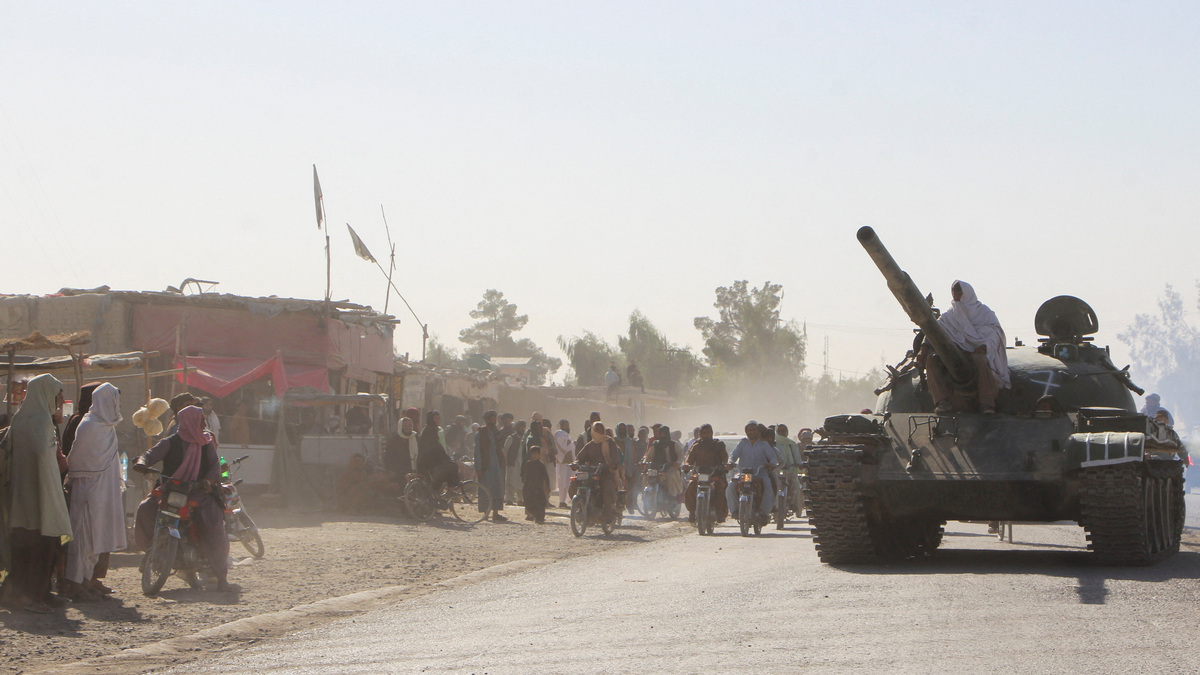)
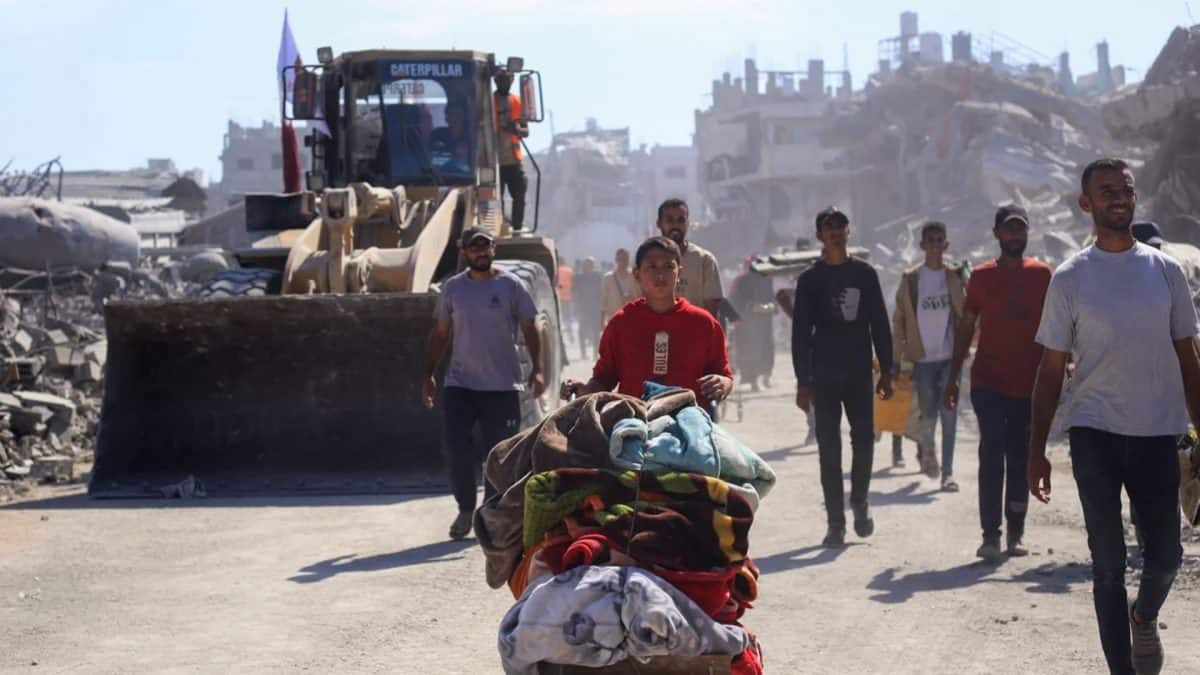
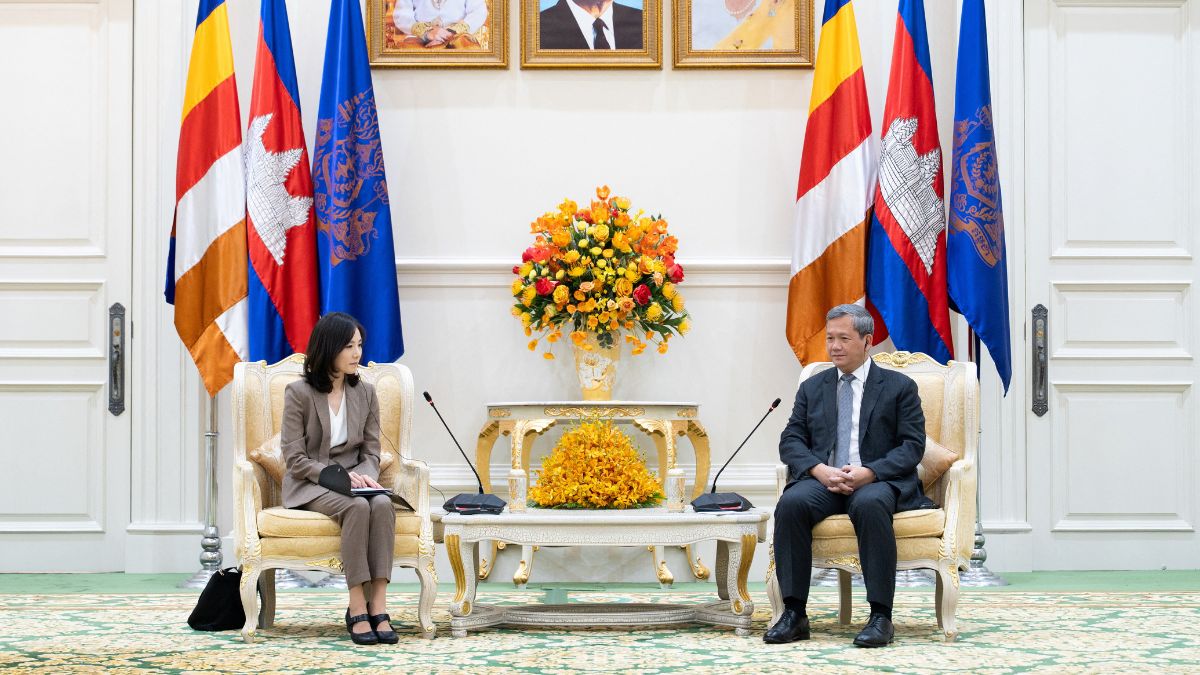)
)
)
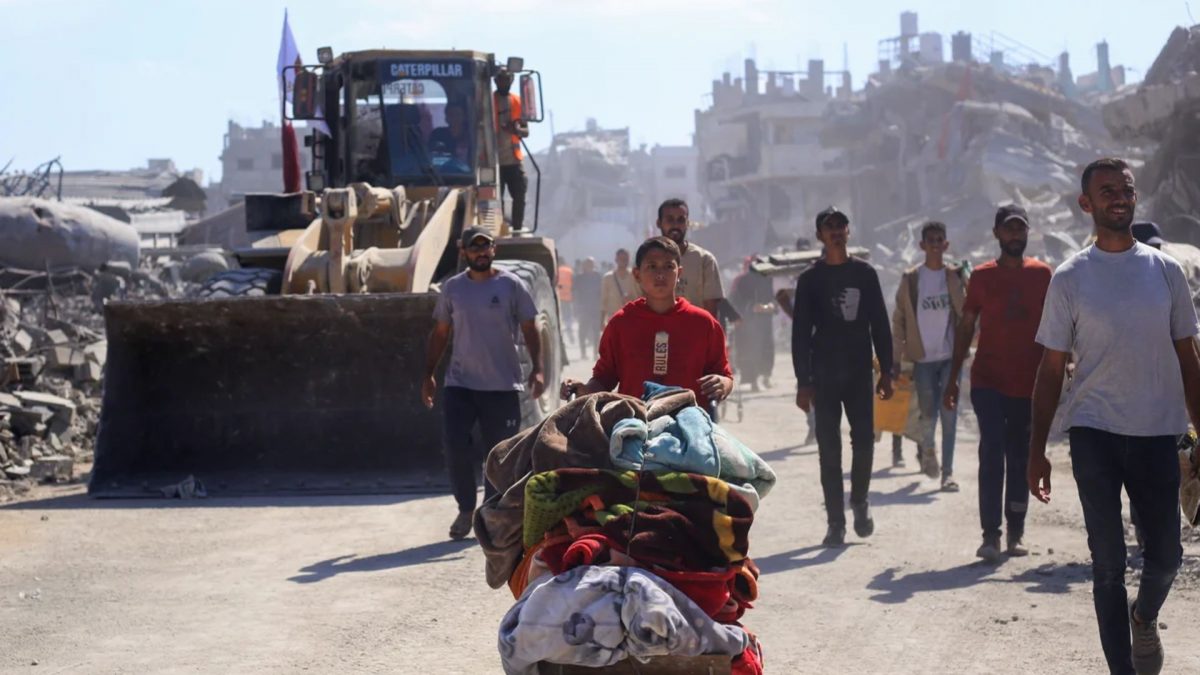)
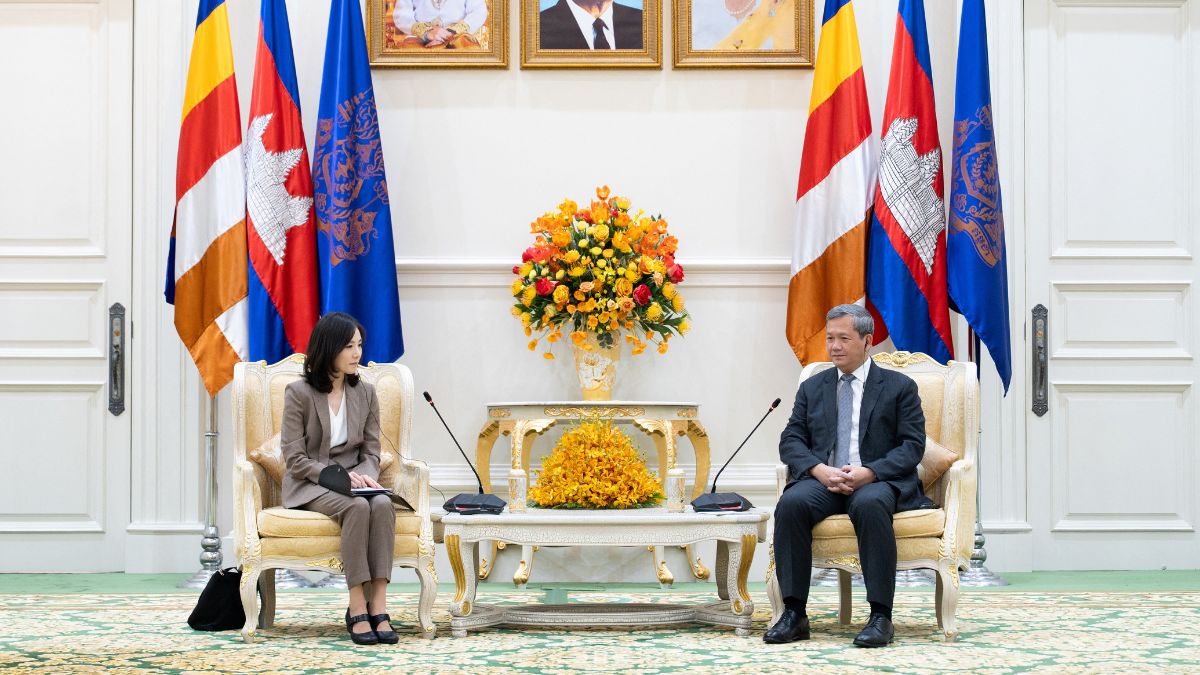)
)
)
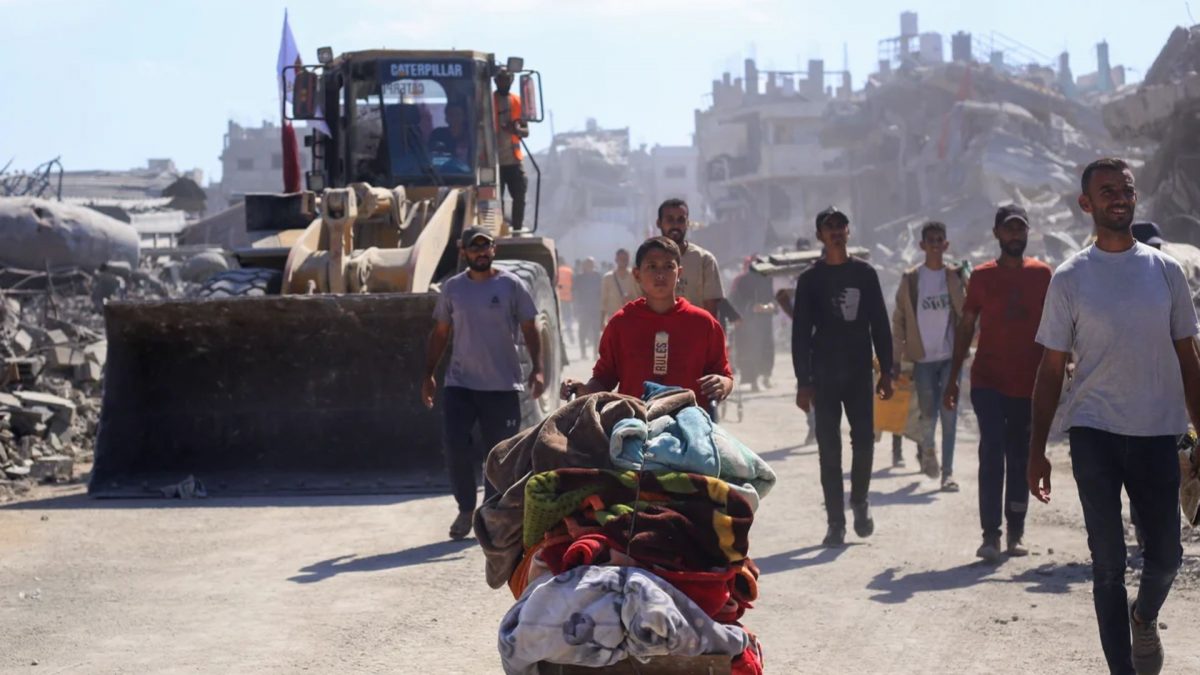)



